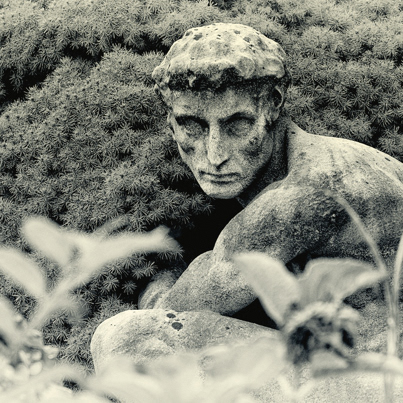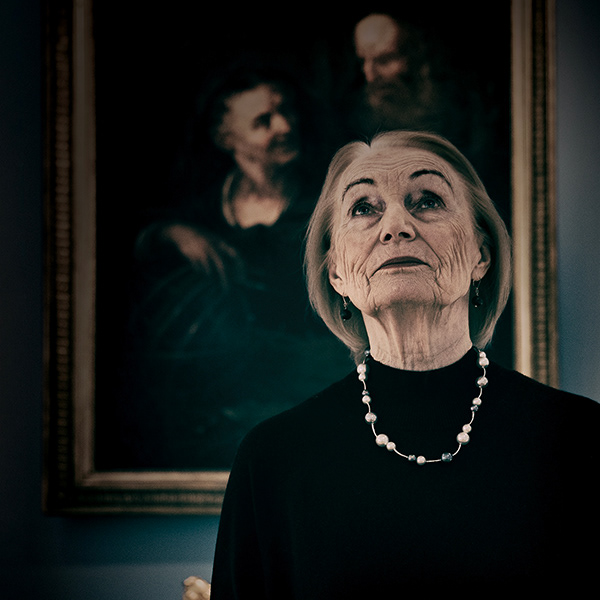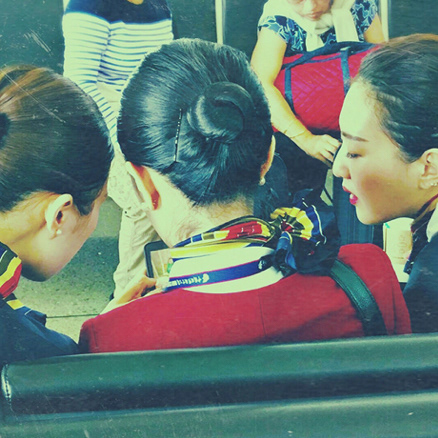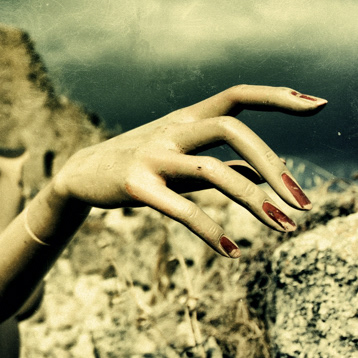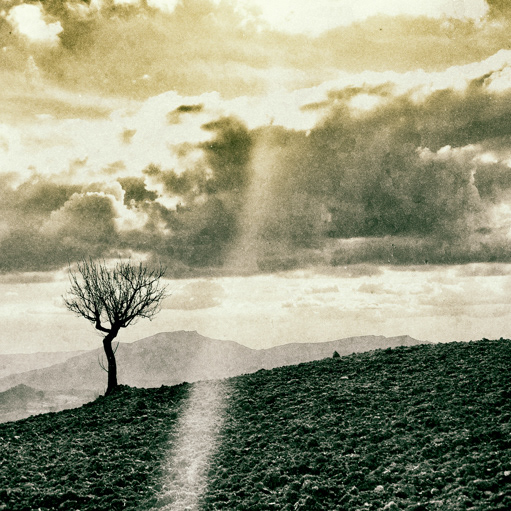What is the difference between depicting human faces and doll faces? In people's faces the features of passing time emerge, as seized in the synthesis of a moment, whereas doll faces are timeless. Time marks and digs, yet dolls bear no traces. Dolls have time to waste, what if this were the origin of their magic?
ART CRITIC'S PRESENTATION
Gianluca Sodaro, film director and artist, has been awarded a number of prizes and acknowledgments for his unique, original film works that are well known all over the world. He has had an extraordinary and surprising collaboration with American composer Angelo Badalamenti (editor's note: he's best known for his work scoring films for director David Lynch), who composed the soundtrack of God's Got His Head in the Clouds. Sensitive and multi-faceted, Sodaro always uses the instrument of photography to capture faces, moods and stories. Born in Sicily, he lives his being Sicilian with a proud sobriety, outlining tales and characters through the lights and moods of his homeland. In all his art expressions, Sodaro can grasp with perspicacity and grace the contradictions of human beings, emphasising with a remarkable aesthetic quality the discrepancies of the reality he observes and the multiple ensuing reactions. In the exhibition Ageless - Dolls have time to waste, 25 doll portraits get our attention. Gianluca Sodaro photographs them in different spaces and poses, following what the dolls themselves suggest to do to them; even so meek to the pose they are put into, yet they seem to be always able to keep their own, peculiar dignity. The more we look at them, the more we are at the mercy of their gaze, expressing feelings that get more and more familiar to our eyes: benevolence, hostility, wonder, puzzlement, joy, melancholy, reproach. Sometimes we feel observed and questioned, sometimes even annoyed. Only our deliberate indifference can prevent their motionless faces to evoke any emotions in ourselves. Portraying dolls belongs to Gianluca’s history; the artist tells that, as a 9-year-old child, he found himself with a camera in his hands and, considering the difficulty to find people willing to be portrayed, he chose to portray a doll. The doll, finally, offered itself to be photographed without pulling away and would stay in the pose without escaping from the curiosity of the budding artist. Questions emerged there and would come again and again over time, always renewed. Gianluca Sodaro had already showed his remarkable ability to identify himself in the portraits of the people of whom he had already captured moods, lights and darks: black and white photographs where multiple character traits forcefully push their way through. What is striking about these doll portraits is the attention with which the artist perceived their force of gravity, even if the dolls are unaware of the inertia of matter; they are photographed in the exact poses and spaces that can spark their peculiarities. The artist photographs one in black and white, maybe to stress the fact that these are portraits anyway, just as the faces of the people he photographed are black and white. Gianluca becomes so familiar with each doll that he gives each one the name that most resonates as similar to the personality he detects in them. What is a portrait? What is the difference between depicting human faces and doll faces? In people's faces the features of passing time emerge, as seized in the synthesis of a moment, whereas doll faces are timeless. Time marks and digs, yet dolls bear no traces. Dolls have time to waste, what if this were the origin of their magic? They are so similar to us and at the same time so different; is this contradiction where this thin margin derives, perceivable but not concrete, where agreement or hostility between us and them is established? Where does illusion start? Where is the boundary between real and unreal? Between animated and inanimate? The artist skilfully brings out the mysterious threshold that triggers a kind of feeling investigated and analysed over time, but always hard to define: disturbance, an enigmatic word that, in aesthetic terms, can define a feeling similar to fear and that usually builds when something is sensed as both familiar and extraneous at the same time, causing an indefinable angst or a subtle feeling of uncertainty and estrangement inside of us. Thanks to Gianluca Sodaro we can feel that.
Giuliana Stella
Art Critic - Professor at the Academy of Fine Arts in Rome (Italy)
you may also like

